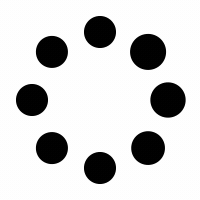Clients constantly approach us with great technical ideas, the challenge we face is getting them to realise that even with the best technical solution (provided by Clock of course), we can’t just ‘build it and they will come’
A technical solution is only a small percentage of any new business. Who are the users, how are you going to get them, and more importantly keep them? What value do they actually get, what value do you as a business get? The list goes on.
When it comes to the ideas though, we see many two sided marketplaces, many many many two sided marketplaces. A two sided marketplace is, put simply, some idea which requires two different groups of people to exist on the app before the platform will function, or function well.
On top of this you often have a critical mass problem - whereby even when you have both sides of the marketplace growing, the overall solution does not work well until there are a certain number of users.
Take, for instance, the example of an app like TaskRabbit. If you were to build this again today, the challenge is not how do you build the technology - it’s well understood how an app like that might function, but moreover, how do you get people to use the app.
Getting users to sell services requires there to be people buying those services, but in order to get people to buy stuff you need people selling. It feels like a catch 22. On Top of this, you need to get a crucial mass of users because, the chances of me, someone looking to buy a specific service, is able to find someone selling that specific service, in my area, at the time and price I am willing to pay is low until that critical mass is achieved.
This is illustrative of the original point that technology is only a small component of an overall success of an idea. Yes it's an important component, without it you have no product, but even with it, the road starts to get substantially more complex the more you think about what go-to-market will actually look like.
And this is where the biggest mistake still happens - clients want a full featured ‘final’ version of the product right away. It still seems against human nature to release something less than perfect, but in reality, you don’t know what perfection is until users use the product, and you can’t use the product until it's built.
One of the biggest pieces of advice we hand out to clients is to focus on the core user journey, understand its value through prototyping, and then build the rest around it.
Besides the product though, go to market and how to get users is the most commonly misunderstood component. When Facebook was at its peak, acquiring new app users was more easily understood as a function of how much money you had, how much an individual user would cost and just turning the taps on and off. Those days are long gone (unless you have a fortune to spend) and so being smarter about user acquisition at the various stages of the product's life cycle is crucial.
We have helped clients overcome these and many other challenges, in house, using our own teams, for the last 25 years.
.svg)






